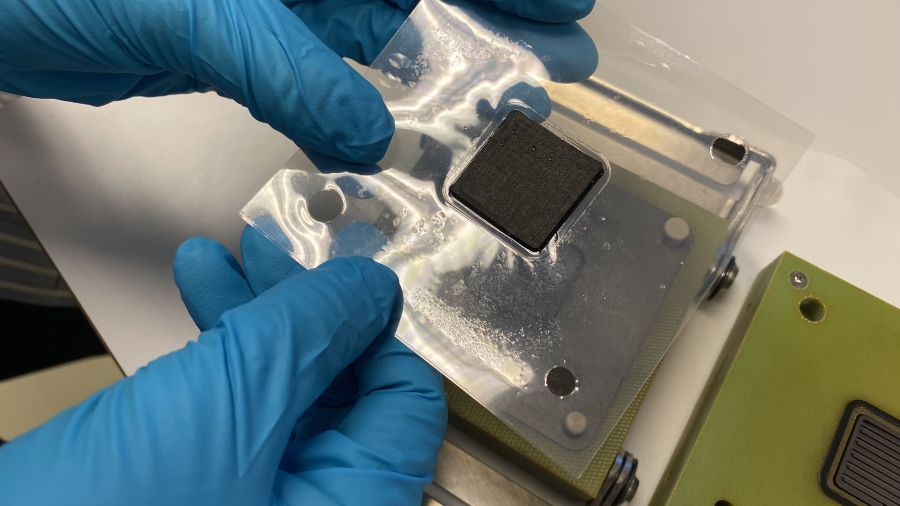The research team studied an entire fuel cell by disassembling it at regular intervals. Using advanced electron microscopes, they were able to track how the cathode electrode degrades in specific areas during cycles of use. Previous studies have been conducted on so-called half-cells, which are similar to (but not the same as) half of a fuel cell and are carried out under conditions that differ significantly from those in a real fuel cell.
“It has previously been assumed that the performance would be affected by the fuel cell being disassembled and studied in the way we have done, but it turned out that this assumption is not corrct, which is surprising,” says research leader Björn Wickman, Associate Professor at the Department of Physics at Chalmers.
The researchers at Chalmers have been able to explore how the material in the fuel cell degrades at both the nano and micro levels, pinpointing exactly when and where the degradation occurs. This provides valuable information for developing new and improved fuel cells with a longer lifespan.
“From previously only looking at how the fuel cell has aged after use, we have now been able to look into the middle stage,” says doctoral student Linnéa Strandberg at Chalmers. “Being able to follow a single, chosen particle within a specific area, provided a much better understanding of the degradation processes. Greater knowledge of these is an important step on the way to designing new materials for fuel cells or to adjust the control of the fuel cell.
The U.S. Department of Energy (DOE) has pointed out that improving the lifespan of fuel cells is one of the most important goals to achieve before fuel cell-powered hydrogen vehicles can become commercially successful. According to the industry, a truck needs to be able to withstand 20,000–30,000 hours of driving over its lifetime, which a fuel cell-powered hydrogen truck cannot currently achieve.
“We have now laid a foundation on which to build for the development of better fuel cells. Now we know more about the processes that take place in the fuel cell and at what point over the lifetime of the fuel cell they occur. In the future, the method will be used to develop and study new materials that can give the fuel cell a longer lifespan,” says Björn Wickman.
The research has been presented in three different scientific articles:
- Carbon Support Corrosion in PEMFCs Followed by Identical Location Electron Microscopy (ACS Catalysis, 16 May 2024).
- Fuel Cell Electrode Degradation Followed by Identical Location Transmission Electron Microscopy (Journal of Materials Chemistry A, 4 September 2023).
- Impact of Accelerated Stress Tests on the Cathodic Catalytic Layer in a Proton Exchange Membrane (PEM) Fuel Cell Studied by Identical Location Scanning Electron Microscopy (ACS Applied Energy Materials, 18 August 2022).






